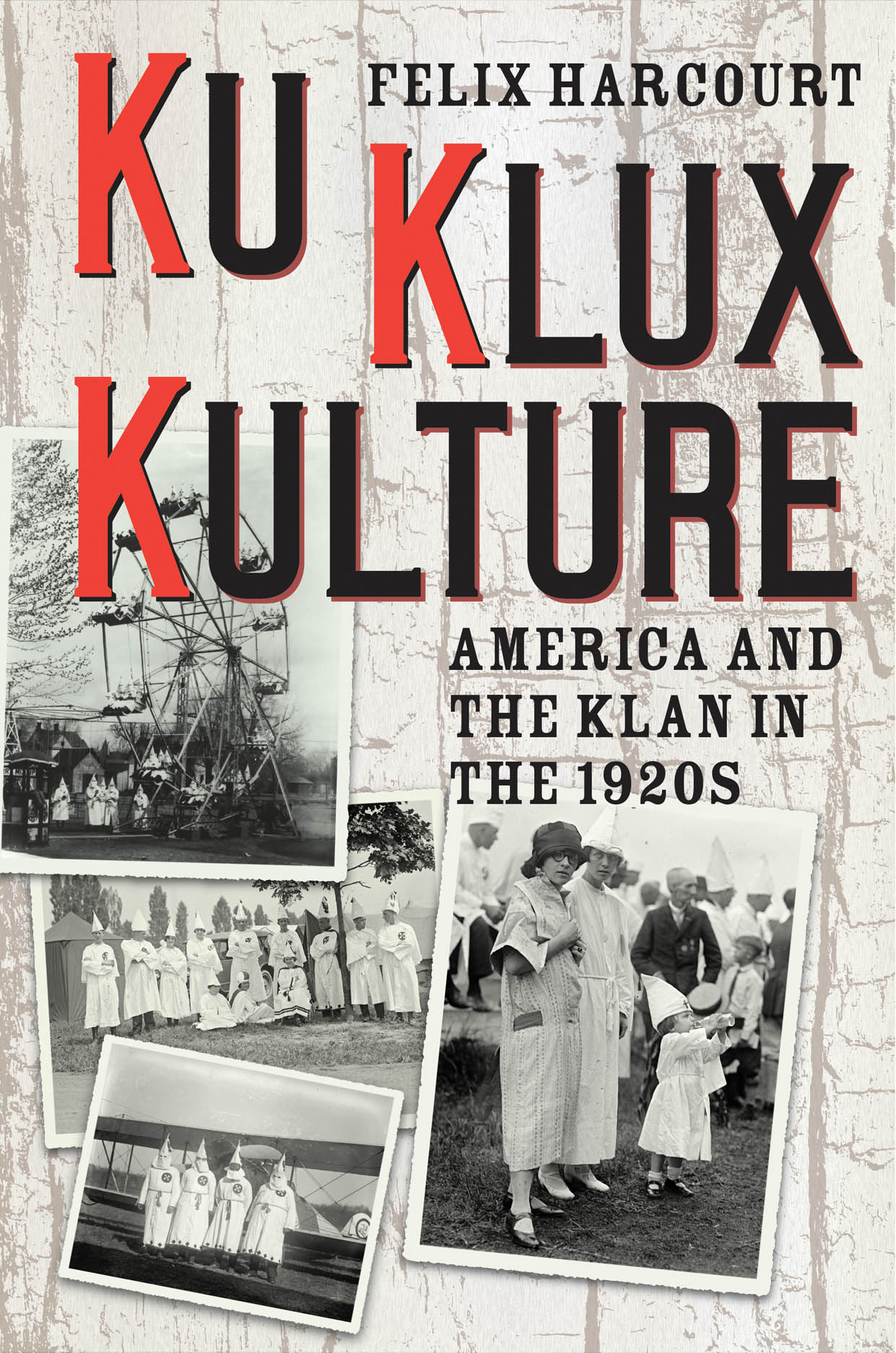In the 1920s, the membership of the Ku Klux Klan exploded nationwide, thanks in part to its coverage in the news media. One newspaper exposé is estimated to have helped the Klan gain hundreds of thousands of members.
Dr Felix Harcourt, a professor of history at Austin College and the author of Ku Klux Kulture, breaks down what he calls the “mutually beneficial” relationship between the Klan and the press – and explains how much the debate that raged over coverage of the Ku Klux Klan in the 1920s mirrors today’s arguments.
We’re looking at the debate that is happening in the media right now over how to deal with white supremacist and neo-Nazi movements. You looked at the same debate that was happening almost 100 years ago. Can you set the scene for us?
In 1921, the New York World ran a three-week front page exposé of the Klan: daily denunciations of its ideology, of its activities, of its hooded secrecy, and its propensity to violence. They managed to get virtually every major New York representative on record in opposition to the Klan. They ultimately spark a congressional hearing into the Klan’s growing power. By some estimates it boosts the World’s circulation by over 100,000 readers. It is syndicated to 17 other newspapers and sparks similar exposés around the country. But some have estimated that while the World picks up 100,000 readers, the Klan’s gain is in the hundreds of thousands of new members – reportedly even cutting out membership applications from the New York World stories to join this organization they were just now hearing about.
So they’re saying, “Here is the Klan’s secret membership application form. Isn’t it terrible that this is what hate looks like in the United States?” and people cut that out of their newspapers and say, “I’m going to join.”
Indeed, yes.
Why didn’t something similar play out during an earlier period of Klan activity?
To some extent, it’s changing newspaper styles. By the time the 20s come along, there’s been a tremendous move towards tabloid and ballyhoo journalism. And, effectively, the coverage of the Klan fit perfectly into that trend. It made for striking images on the front pages of papers. It drew lots of eyeballs. And the Klan was entirely aware of this. They were very careful to stage-manage events so as to draw maximum attention, and they made a concerted effort to invite journalists but then took care not to let journalists get too close – so as to “protect the secrets” ostensibly, to protect the mythos. But this is all a tactic of theirs –they need the press attention, but have to maintain their mystique.
